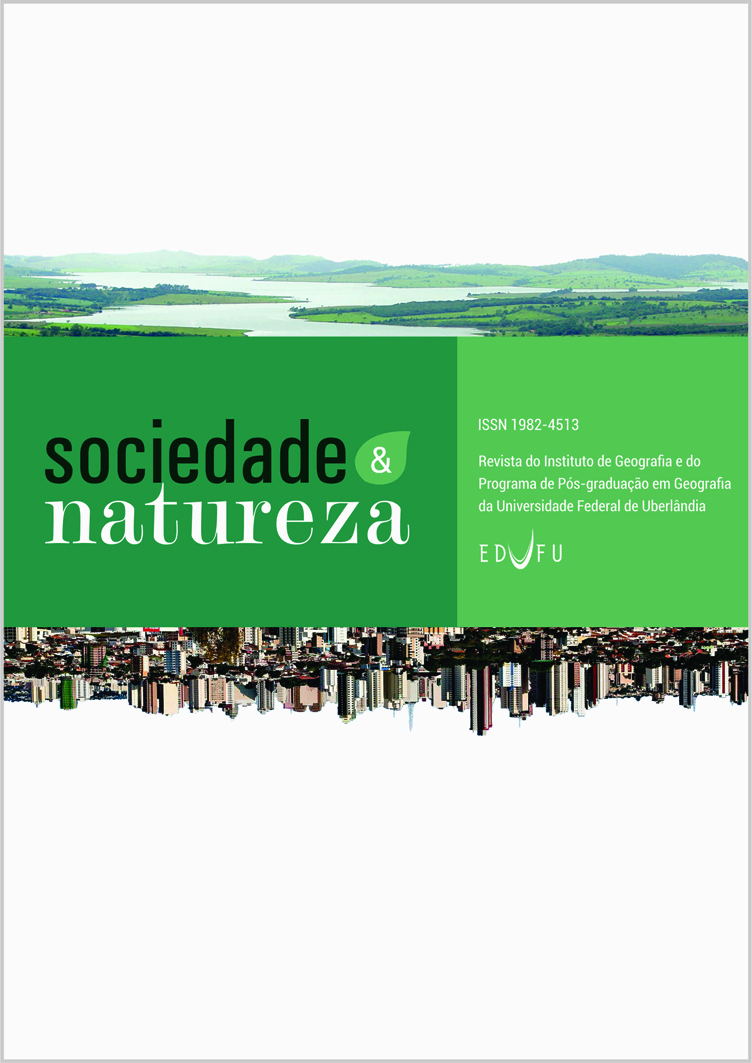Abstract
In the Amazon region of Brazil the exploitation of natural resources presents deforestation of native forests as a major environmental problems caused by the cutting of trees intended for illegal timber trade and formation of pastures for livestock production. Currently, there is a scientific and popular discussion about the environmental impacts caused by the installation of hydroelectric projects. This article aims to expose some of the major environmental problems arising from the implementation of the hydroelectric plant of Belo Monte, in which it makes an integrated and geosystemic environmental and socioeconomic analysis of the area under direct and indirect influence of the project, located in the lower region Xingu river course in the state of Pará. The geosystemic methodology allows an integrated view of relations between physical and anthropic components, contributing as support for regional, municipal and local environmental planning.
Authors hold the Copyright for articles published in this journal, and the journal holds the right for first publication. Because they appear in a public access journal, articles are licensed under Creative Commons Attribution (BY), which permits unrestricted use, distribution, and reproduction in any medium, provided the original work is properly cited.

